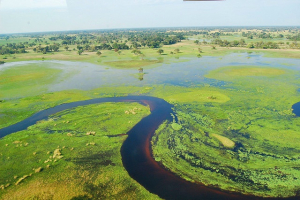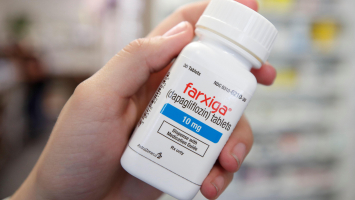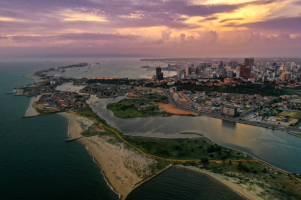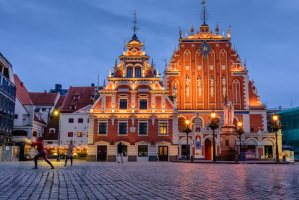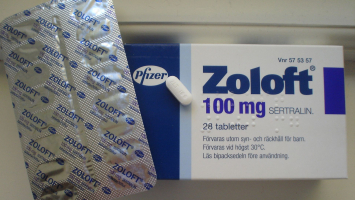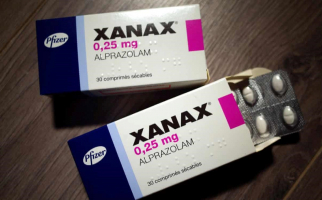Top 8 Things You Might Want to Know About Nuclear Weapons
An explosive device known as a nuclear weapon is intended to unleash energy explosively using nuclear fusion, nuclear fission, or a combination of the two ... read more...processes. They have the potential to cause more death, damage, harm, and illness than any other weapon, making them without a doubt the most terrifying weapons on Earth. Some people may be curious about some fascinating facts about nuclear weapons in light of this increase in terror and a generalized fear of nuclear war. So let’s explore 8 things you might want to know about nuclear weapons.
-
Nuclear weapons produce enormous explosive energy, which is one of the things you might want to know about nuclear weapons. A nuclear weapon is a type of explosive that releases destructive energy by severing the atoms' nuclei from a substance that may support a nuclear fission chain reaction. Fission, which is the process of dividing an atom's nucleus into two or smaller nuclei, or a two-stage process including fission and fusion are used in the two main types of nuclear weapons (the process by which multiple hydrogen nuclei join together to form heavier nuclei). Atomic bombs (A-bombs) are frequently used to refer to those that only employ fission, whereas hydrogen bombs (H-bombs) or thermonuclear weapons use both fission and fusion.
The explosive energy produced by nuclear weapons is immense. Combining the terms kiloton (1,000 tons) and megaton (1,000,000,000 tons), which express the explosion energy in comparable weights of the common chemical explosive TNT, may help you better understand their significance. For instance, although having just roughly 64 kg (140 pounds) of highly enriched uranium, the 1945 atomic bomb unleashed on Hiroshima, Japan, generated energy equivalent to about 15 kilotons of chemical explosive. Ionizing radiation and a powerful shock wave were all instantly created by the explosion. The mushroom-shaped cloud that has come to be associated with nuclear explosions was produced when convection currents generated by the explosion pulled dust and other debris into the air.
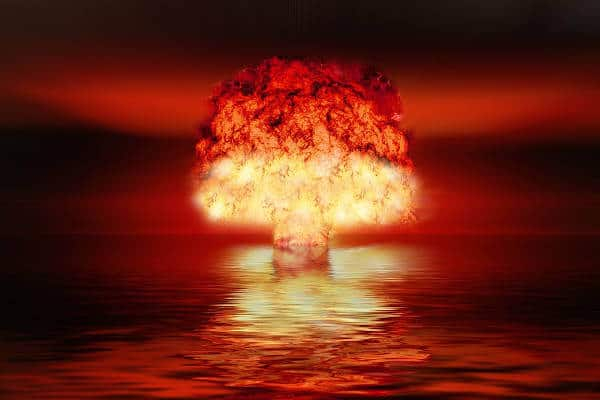
Photo: https://cnduk.org/ 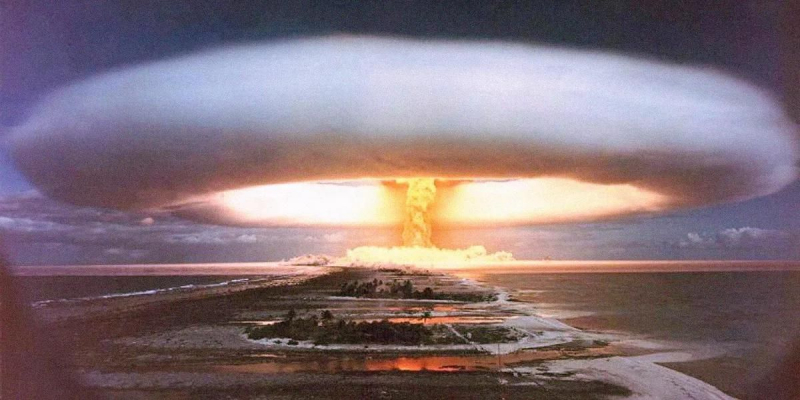
Photo: https://spectrum.ieee.org/ -
Based on the elements used to fuel the nuclear fission reaction, there are three different types of nuclear weapons: hydrogen, plutonium, and uranium.
Although uranium bombs are very simple to construct, the material needed for them to purify uranium-235 is difficult to come by. Only 0.7% of the U-235 isotope, the fissile component of a nuclear weapon or reactor, may be found in uranium that has been mined from the Earth. The U-238 isotope, which does not directly contribute to the fission process and must be removed by "enrichment," makes up the majority of the remaining 99.3 percent. The procedure is challenging and costly. The five nuclear-armed powers account for around 90% of global enrichment capacity (see item 7). A uranium bomb is what obliterated Hiroshima.
Although more challenging to design and construct, plutonium bombs employ plutonium-239, which is less difficult to come by. Nuclear power plants can produce plutonium that is suitable for use in weapons. A nuclear bomb's fissile material may be produced by burning the reactor's natural uranium fuel for around three months. However, the development of a plutonium bomb is a complex process that is well outside the capability of most countries, let alone terrorist organizations. The plutonium bomb that obliterated Nagasaki was one.
The most challenging thermonuclear weapons to create are hydrogen bombs because they need a plutonium or uranium bomb to function as the "trigger" for the fusion process. A lot of testing is also necessary to make sure the procedure will function. The only nations to have tested thermonuclear weapons are China, France, India, Russia, the United Kingdom, and the United States.
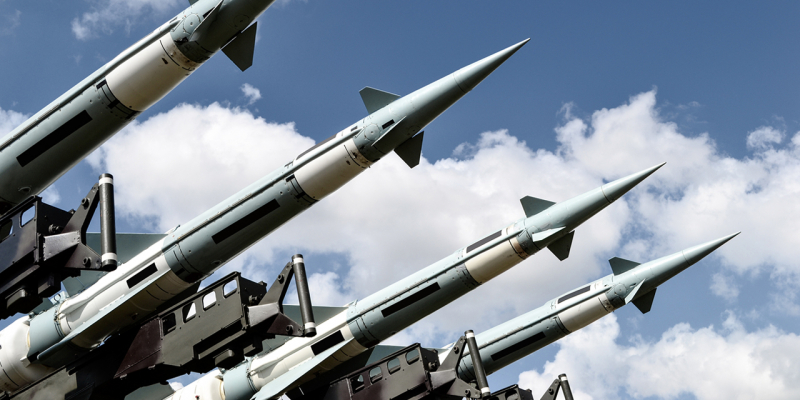
Photo: https://cilisos.my/ 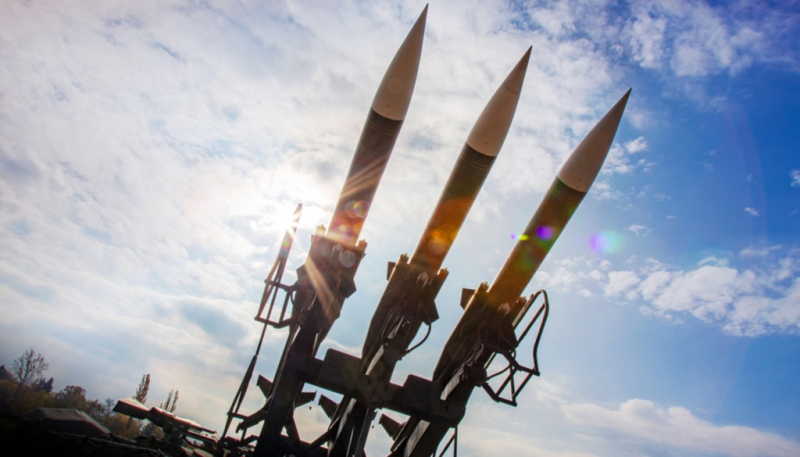
Photo: https://angelusnews.com/ -
Concerns about the terrifying consequences of such weapons have led governments to negotiate arms control agreements like the Nuclear Test-Ban Treaty of 1963 and the Treaty on the Non-proliferation of Nuclear Weapons of 1968, even as many nations have developed nuclear weapons of much greater strength than those used against the Japanese cities. Because of their sheer destructive potential, these weapons have given rise to a new branch of military strategy and planning known as nuclear strategy, which has its internal logic and set of doctrines.
Five governments are recognized as nuclear-weapon states by the Treaty on the Non-Proliferation of Nuclear Weapons of 1970 (commonly known as the Non-Proliferation Treaty or NPT): the United States, Russia, the United Kingdom, France, and China (these are also, not coincidently, the five permanent members of the United Nations Security Council). Nuclear devices have also been tested by India and Pakistan. Israel is thought to possess nuclear weapons, however, they have never been acknowledged or tested. It is thought that North Korea has nuclear weapons but no rockets to deliver them.
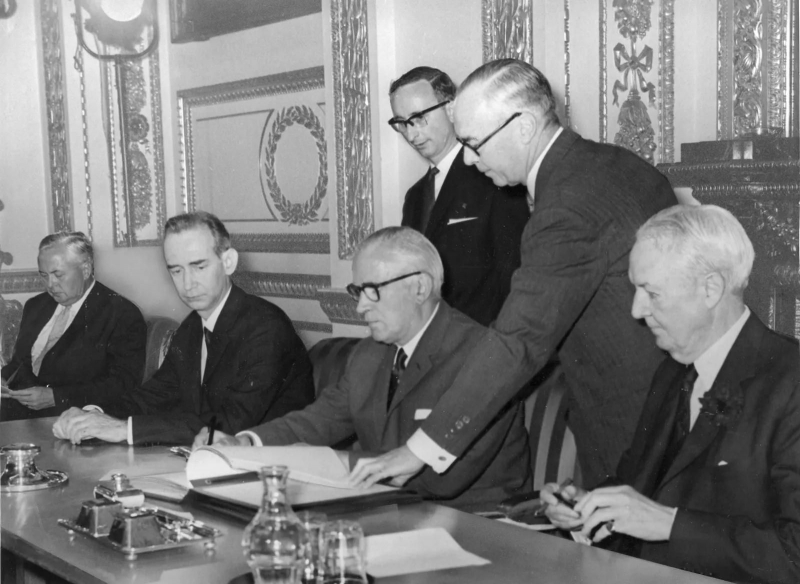
Photo: https://www.britannica.com/ 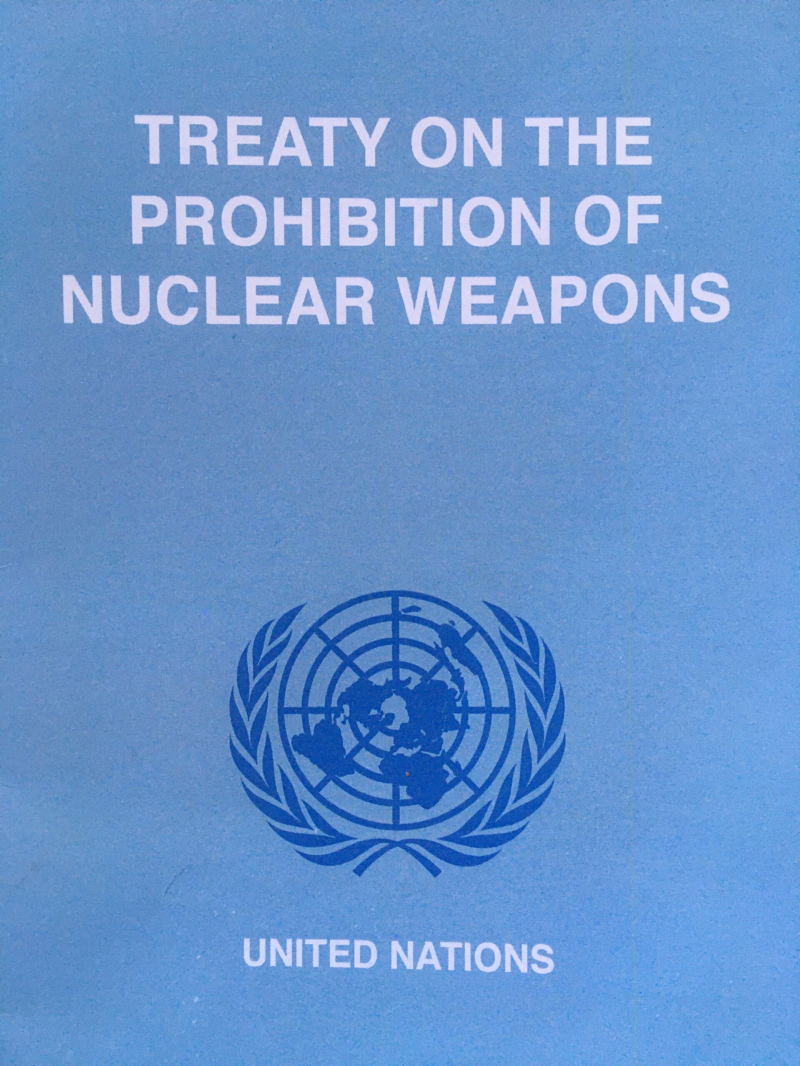
Photo: https://www.nuclearban.us/ -
The president continues to have exclusive power to order the use of nuclear weapons as commander in chief of the American armed forces. Although military doctrine advises against it, the president is not required to speak with top commanders before using nuclear weapons. It is also one of the things you might want to know about nuclear weapons.
The nuclear launch codes known as the "Gold Codes," the President's Decision Book, and a secure satellite communication radio and phone are all kept in the bag that the president's military aide carries with them at all times. Although this briefcase's actual name is "president's emergency satchel," people frequently call it "football." According to Smithsonian Magazine, the term "Dropkick" was used to refer to an early nuclear war strategy. To play "Dropkick," you required a "football." To authenticate nuclear launches, the president carries a personal identifying number known as "the biscuit." While in office, Bill Clinton allegedly lost his "biscuit" for several months.
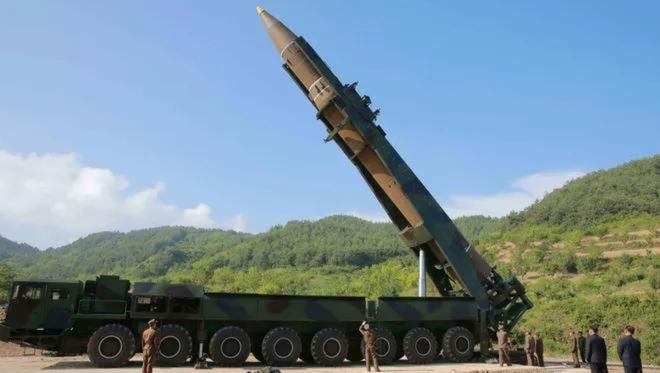
Photo: https://www.usatoday.com/ 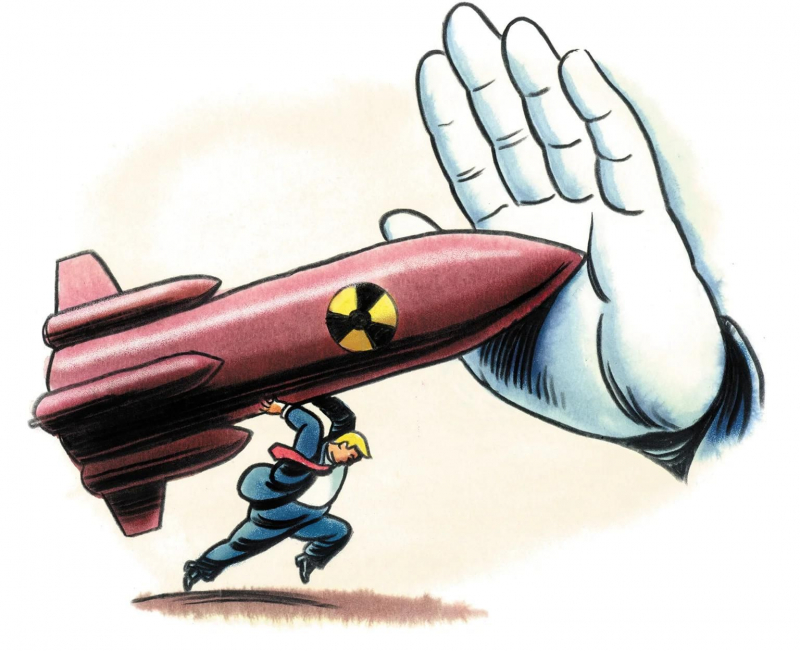
Photo: https://www.scientificamerican.com/ -
Due to the enormous quantities of explosive energy, they may unleash as well as the side effects they generate, such as extreme temperatures and radiation, nuclear weapons are fundamentally different from conventional weapons. Data from the bombings of Hiroshima and Nagasaki, Japan; more than 500 atmospheric and more than 1,500 subterranean nuclear tests done worldwide; comprehensive calculations and computer modeling have all contributed to our understanding of the immediate impacts of a nuclear explosion and fallout. Although less definite, longer-term consequences on the environment and human health have been well-researched. The effects of a nuclear explosion depend on a variety of factors, such as the weapon's design (fission or fusion) and yield, where it detonates (including at what altitude), whether it occurs on the surface, underground, or underwater, the weather and surrounding environment, and whether the target is urban, rural, or military.
A fireball with temperatures akin to the Sun's core is produced when a nuclear bomb explodes. Several different types of energy are released. Approximately 85% of the explosive energy results in thermal radiation and air blast (and shock) (heat). The final 15% is released as early radiation, which occurs during the first minute or two, and residual (or delayed) radiation, which occurs over time and may include some local fallout.
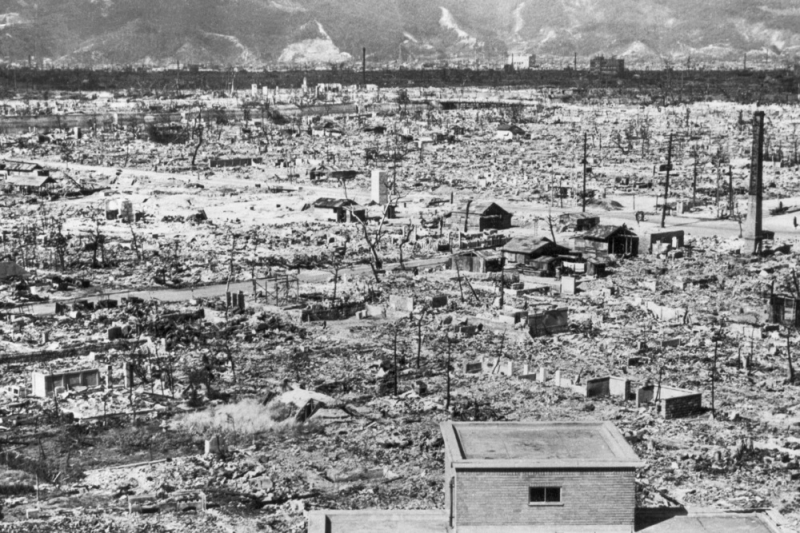
Photo: https://www.nti.org/ 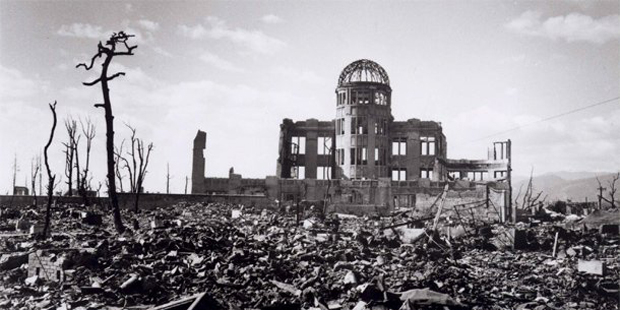
Photo: https://www.nti.org/ -
Nuclear weapons have only twice been deployed in combat too far. The United States launched two nuclear bombs on Japan at the close of World War II: Little Boy on August 6, 1945, and Fat Man on August 9, 1945, both on Nagasaki. Little Boy exploded with an explosive force of around 15 kilotons, leveling the majority of the structures within a mile. A heat wave of 6,000°C (10,830°F) was released after the shock wave, igniting or consuming anything combustible and transforming the explosion zone into a firestorm.
Finally, the explosion released deadly ionizing radiation and lingering radioactive fallout, in which the original explosion's debris that was launched into the stratosphere is kept aloft by atmospheric winds and returns to Earth over the following few days. According to a 1945 official investigation, the bombing of Hiroshima was responsible for a total of 66,000 fatalities and 69,000 wounded. Less tragically, but still, devastatingly, there were 39,000 fatalities and 25,000 wounded in Nagasaki.
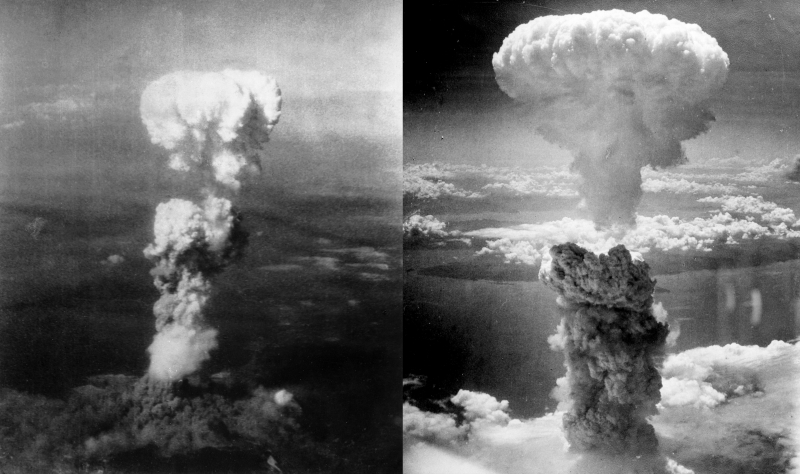
Photo: https://en.wikipedia.org/ 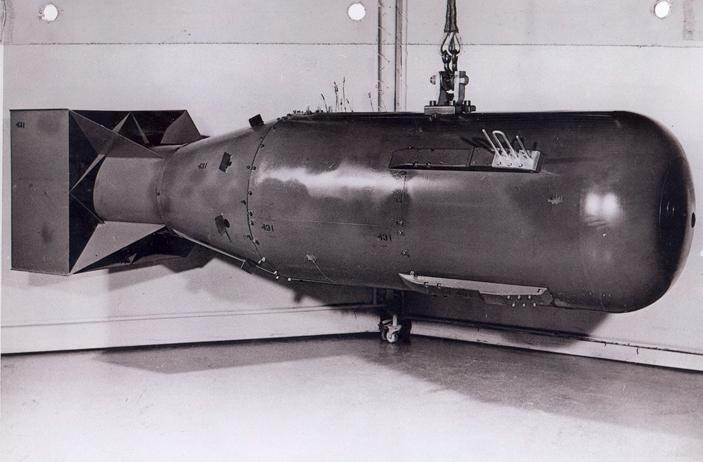
Photo: https://nsarchive.gwu.edu/ -
Nuclear weapons were designated as the ultimate weapon of war after the bombings of Hiroshima and Nagasaki, which sparked an arms race between the US and the Soviet Union. The buildup of nuclear weapons persisted into the late 1980s and was a key aspect of the so-called "Cold War," in which the US and USSR openly contended without ever going to war. The nuclear arms race peaked in 1986 when the Soviet Union had more than 40,000 nuclear weapons and the United States had 23,000, according to the Bulletin of Atomic Scientists (down from more than 31,000 in 1967).
The concept of "mutually assured destruction," according to which both sides believed that the best way to prevent nuclear war was to have so many nuclear weapons that the adversary would not launch an attack out of concern that they could not sufficiently destroy the target country's arsenal to avoid being destroyed by a retaliatory attack, served as the foundation for much of this proliferation. Both sides removed hundreds of nuclear weapons after the Soviet Union fell apart in 1991.
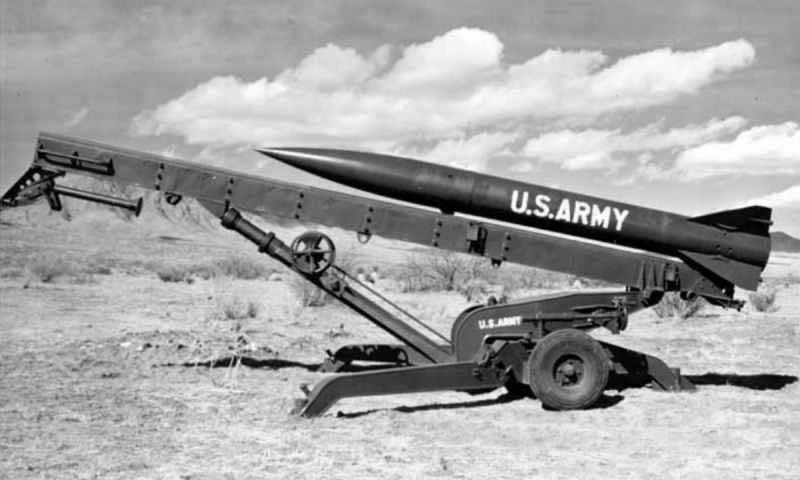
Photo: https://mwi.usma.edu/ 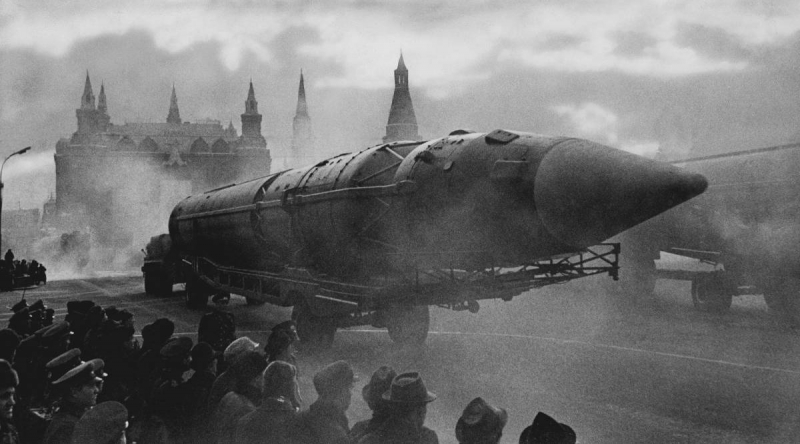
Photo: https://outrider.org/ -
There are thought to be 13,080 nuclear weapons in existence right now. Although this number is far lower than either the United States or Russia had at the height of the Cold War, it is noteworthy that there are now more nuclear-armed nations than there were 30–40 years ago. Because of this, nuclear conflict is a serious matter, and nuclear assault threats must be considered seriously.
The quantity of nuclear weapons in each country's arsenal varies according to reports, although it is generally agreed that Russia and the United States have the largest arsenals. Business Insider claims that Russia possesses a nuclear arsenal of 6,850 warheads (1,600 deployed, 2,750 stored and 2,500 retired). Contrarily, the United States possesses 6,450 nuclear weapons in its stockpile (1,750 deployed, 2,050 stored and 2,650 retired).
According to Statista, as of January 2022, Russia has 5,997 nuclear weapons in its arsenal while the United States had 5,428. The Bulletin of the Atomic Scientists estimates that Russia's nuclear arsenal consists of 4,477 warheads in total. In contrast, the United States possesses around 3,708 warheads.
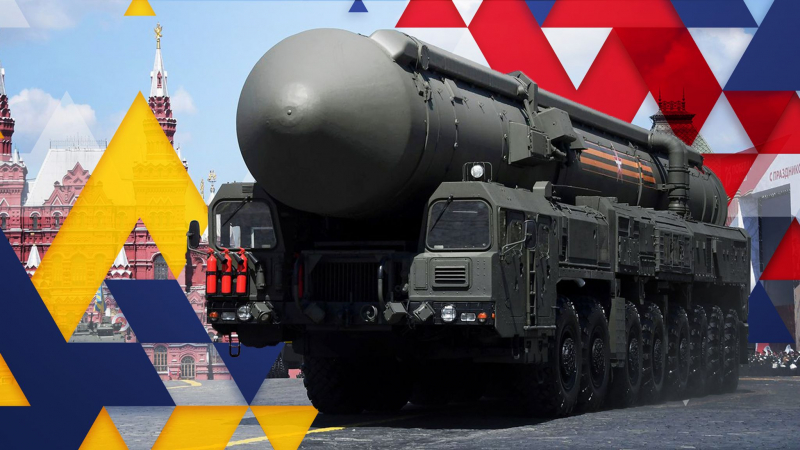
Photo: https://news.sky.com/ 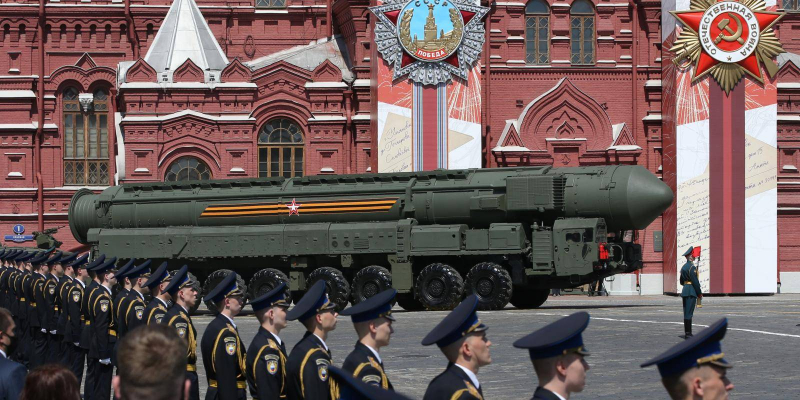
Photo: https://www.chathamhouse.org/











